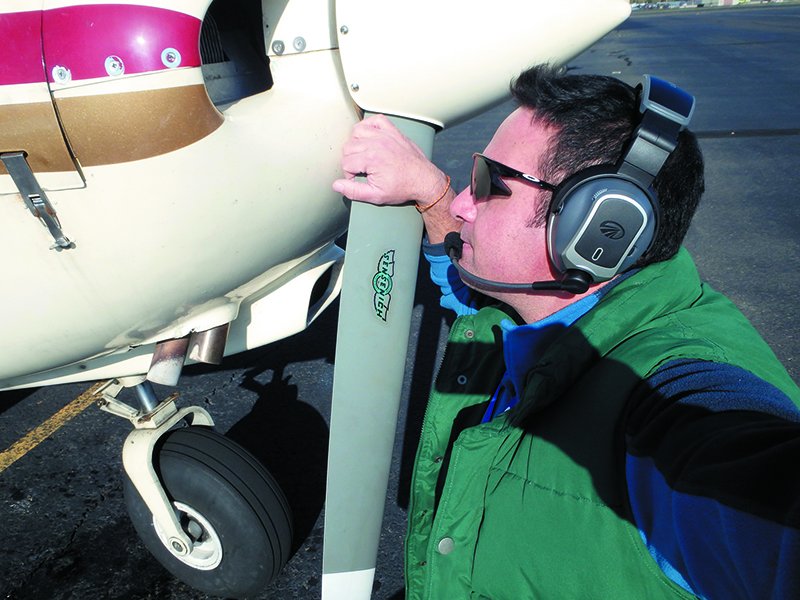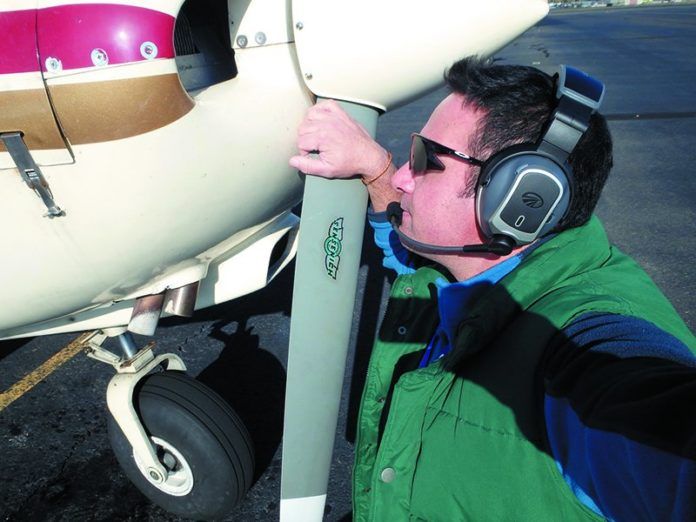Wireless Lightspeed
It takes two to Tango (two batteries, that is). After reading your January 2106 report on the Lightspeed Tango wireless headset, it seems Lightspeed desperately needs a new charging system.
The problem is that the $35 external charger accessory for the Tango headset only charges one battery at a time. However, you need both batteries—the one in the headset and the one in the panel interface—charged for the headset to function fully. Even if you have the ability to charge the headset in the plane at home, when traveling, you will have to either take the headset out of the plane and lug it to your lodging or charge each battery individually in the external charger. Or, you can spend another $35 and get an additional charger, though that is one more thing to carry around, find a plug for and leave behind.
Art Friedman
Santa Paula, California
The supplied USB wall charger has dual outputs for charging the remote module and headset. You need to plug in two USB cables, of course (one for the module and the other for the headset), but at least both components can charge from a single wall outlet.

Aircraft Appraisals
I would like to add a footnote to the worthy Aircraft Appraisal article in the January 2016 issue of Aviation Consumer. One should be very careful of the aircraft appraiser when having a unique aircraft appraised such as warbird, antique and homebuilt aircraft. Unless the appraiser has documented experience in these specialty aircraft, steer away quickly, no matter if they are NAAA appraisers, or not. An inexperienced appraiser might take you down the wrong path.
I had one such appraiser say there was something wrong with my warbird (a Lockheed T-33) because refurbished replacement parts were installed. The cost of the replacement parts were subtracted from the base-line value estimate of the aircraft. This decreased the aircraft appraisal substantially below what the average market numbers indicated. This is very poor reasoning. In the warbird world, installing new old-stock parts is common and a desired improvement to the aircraft, something this appraiser did not recognize.
As the article correctly states, labor costs for parts or equipment installation are not appropriate to include in aircraft valuation. However, damage history does not necessarily decrease the valuation of the unique warbird, antique or homebuilt. The quality and depth of the repair may likely maintain or in some cases increase the value of these aircraft.
An appraiser experienced with these unique aircraft can identify and substantiate their valuations. Do very good homework prior to engaging any appraiser—it will be your best investment.
Vlado Lenoch
Burr Ridge, Illinois
I agree with the gist of your recent aircraft appraisal article, but take issue with the conclusion that labor has no market value. As a decades-long Aviation Consumer subscriber, I hesitate to argue with the editor’s experience, but feel I must stand up for the enduring value of quality installations.
As editor Larry Anglisano’s many avionics upgrade articles over the years have stressed, installing new avionics using the old wiring can be a costly mistake, but this article’s logic pushes the opposite. Does anyone believe the only resale difference is the cost of wire? Asserting that the value of a plane’s avionics is the sum of its boxes is like saying a meticulously done custom interior is worth no more than an owner-installed prefabricated one, or that a run-of-the-mill field overhaul is the resale equivalent of a Victor Black. This isn’t so. The whole is more than the sum of its parts. It’s fair to tell owners (depending on the state of the market) that they may not get back everything put into their airplanes, but equally important to tell buyers that database-driven appraisals reflect a least-common denominator.
Buyers seeking quality are advised to join type clubs and to enlist the help of brokers with type-specific expertise to help find it.
Ken Towl
via email
There is a difference between “reporting” and “setting” value, and the difference in those strategies is normally overlooked by the typical layperson. The professional appraiser is not attempting to penalize owners who paid a premium price for avionics upgrades, but are simply “reporting” the market response to that effort.
NAAA appraisers are responsible for supporting whatever opinion of value they develop. As part of the appraisal process, any final opinion of value should be compared against the marketplace overall to validate their conclusions or highlight any differences.


